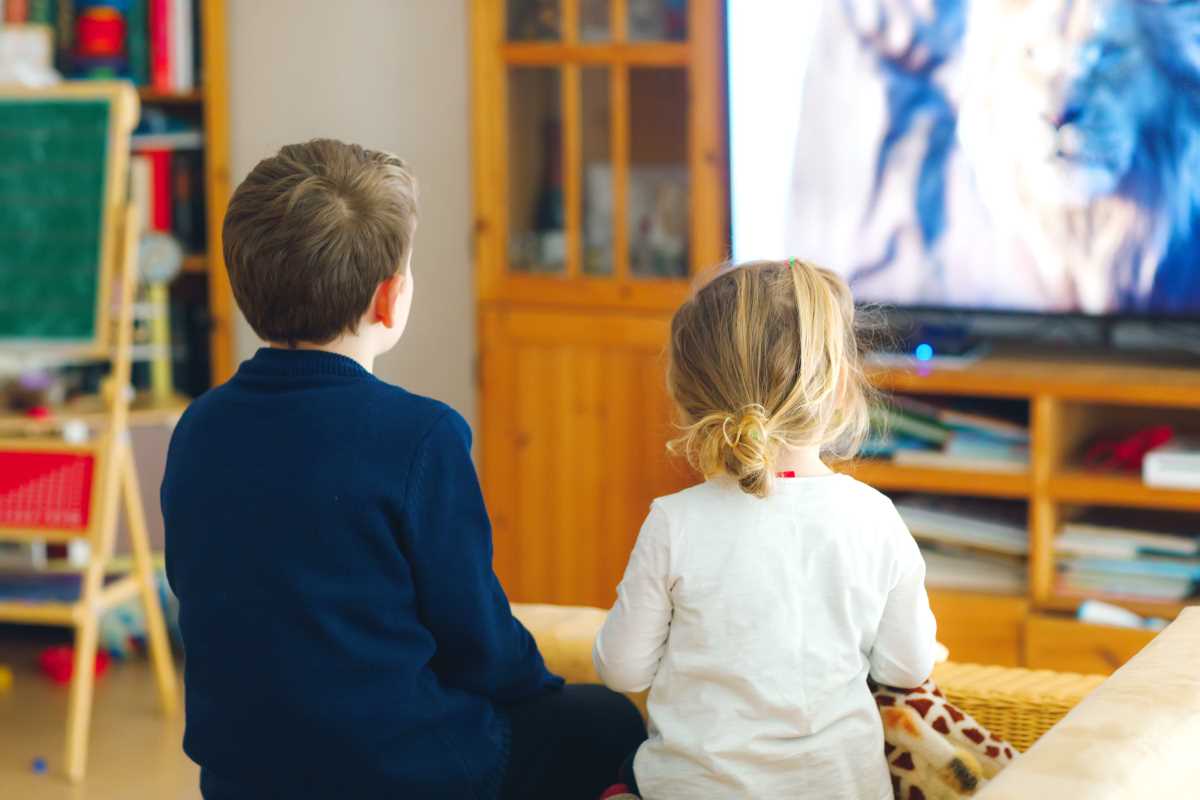Parenthood is a journey filled with numerous challenges and rewarding moments, including establishing healthy sleep habits for children. Sleep training has become a widely discussed approach among parents striving to ensure their children develop good sleep routines while maintaining strong emotional bonds. This article explores the intricate balance between attachment and independence, delving into the science behind sleep training, examining various methods, and considering the emotional and developmental impacts on children.
The Science Behind Sleep Training
Understanding the science of sleep training is crucial for parents aiming to implement effective sleep strategies. Sleep training involves teaching children to fall asleep independently and stay asleep through the night, which is essential for their overall development. The process is grounded in behavioral psychology, particularly the principles of conditioning and reinforcement. Parents can help their children associate bedtime with positive, self-soothing behaviors by applying specific techniques.
Research indicates adequate sleep is vital for physical growth and cognitive functions such as memory, attention, and emotional regulation. By leveraging evidence-based practices, parents can support their children's ability to develop healthy sleep habits contributing to their long-term well-being.
Balancing Attachment and Independence
One of the primary concerns parents have when considering sleep training is the fear of disrupting the attachment between parent and child. Attachment theory emphasizes the importance of a secure emotional bond, which is foundational for a child’s sense of security and emotional health. Sleep training methods must be carefully selected to ensure they support rather than hinder this bond.
Encouraging independence through sleep training does not mean reducing the emotional connection with the child. Instead, it involves creating a balanced approach where children feel secure enough to explore independence while knowing that their parents are responsive and available. This balance helps children develop confidence and self-reliance, essential traits for their future social and emotional success.
Research Findings on Sleep Training Methods
- Cry-It-Out (CIO): Studies show that while CIO can effectively reduce nighttime awakenings, it may temporarily increase parental stress levels.
- Ferber Method: Research indicates that gradual extinction techniques can improve sleep patterns without significantly affecting the parent-child bond.
- No Tears Approach: Findings suggest that this method promotes a strong attachment but may require more time and patience to achieve consistent sleep routines.
- Bedtime Fading: Evidence supports that adjusting bedtime gradually can lead to better sleep outcomes with minimal distress for the child.
Emotional and Developmental Impacts
- Emotional Security: Proper sleep training can enhance a child’s sense of security by establishing predictable sleep routines.
- Cognitive Development: Quality sleep is linked to improved memory, attention, and learning capabilities in children.
- Behavioral Regulation: Consistent sleep patterns help children manage their emotions and reduce instances of irritability and tantrums.
- Parental Well-being: Effective sleep training can lead to better rest for parents, contributing to improved mental health and parenting capacity.
- Attachment Quality: When implemented thoughtfully, sleep training does not compromise the emotional bond between parent and child, fostering a healthy attachment.
Practical Advice for Parents
Parents must assess their child’s readiness and temperament when considering sleep training. Pediatricians or child psychologists can provide personalized guidance tailored to the family’s unique circumstances. Establishing a consistent bedtime routine, creating a comfortable sleep environment, and being patient are key factors in successful sleep training.
Parents should also remain flexible and willing to adjust their approach as needed. Monitoring the child’s response and being attentive to their emotional needs ensures that sleep training supports both the child’s independence and the parent-child relationship. Open communication and support among caregivers can further facilitate a positive sleep training experience.
Sleep training is a valuable tool for promoting healthy sleep habits in children, provided it is approached with an understanding of the underlying science and a commitment to balancing attachment and independence. Parents can foster a nurturing environment that supports both restful nights and strong familial bonds by selecting appropriate methods and being attentive to their child’s emotional and developmental needs.







